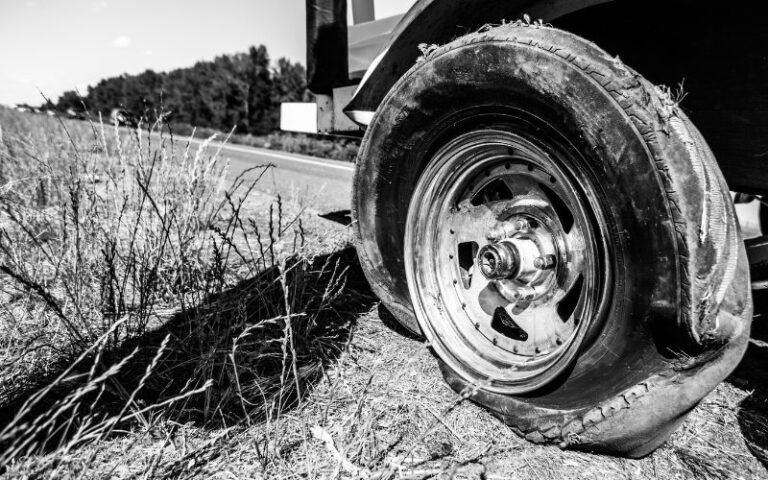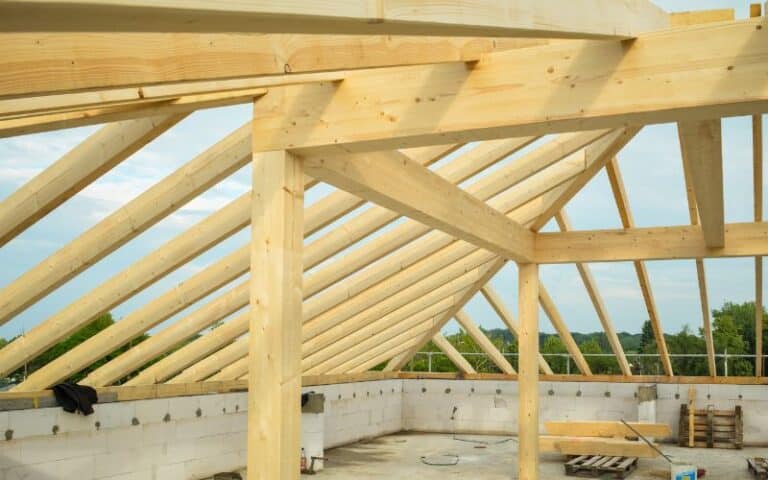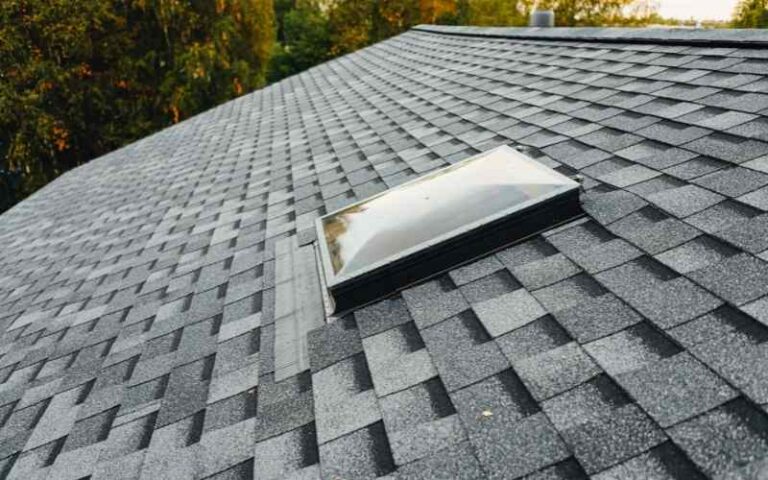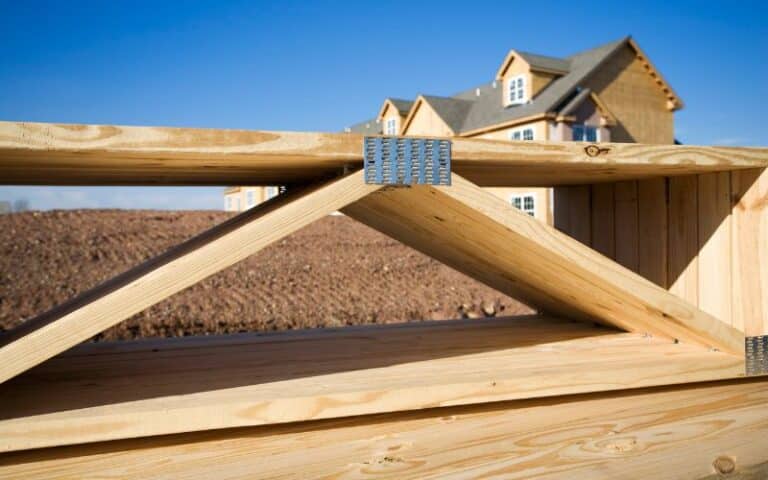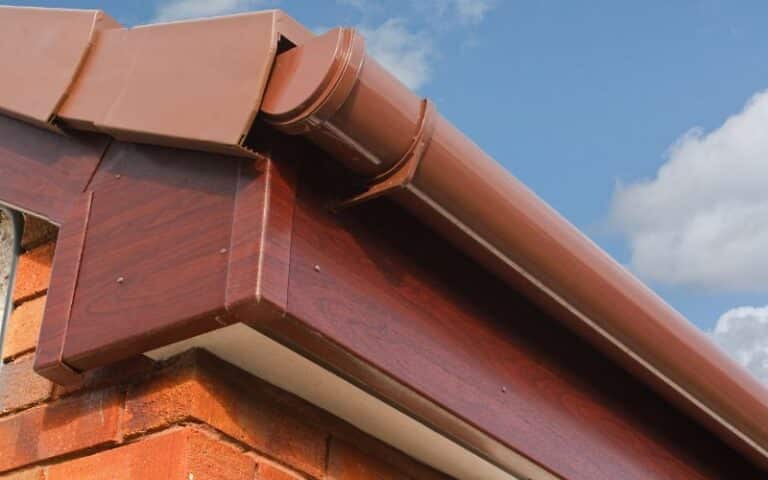Mobile homes with bowstring truss roofs are affordable and easy to install, but they can be prone to leaks when not correctly installed or maintained over time.
However, that doesn’t mean you have to give up your mobile home’s bowstring truss roof if you experience one of these leaks! Read on to learn more about mobile home bowstring truss roofs.
Mobile home bowstring trusses are one of the types of dome-shaped mobile home roof trusses. Homes with bowstring trusses cannot support too much weight due to their structure. It is a type of structural device typically utilized in constructing bridges and in industrial architecture to a lesser extent.
Ready for a Roofing Quiz?
What Does a Bowstring Truss Look Like?
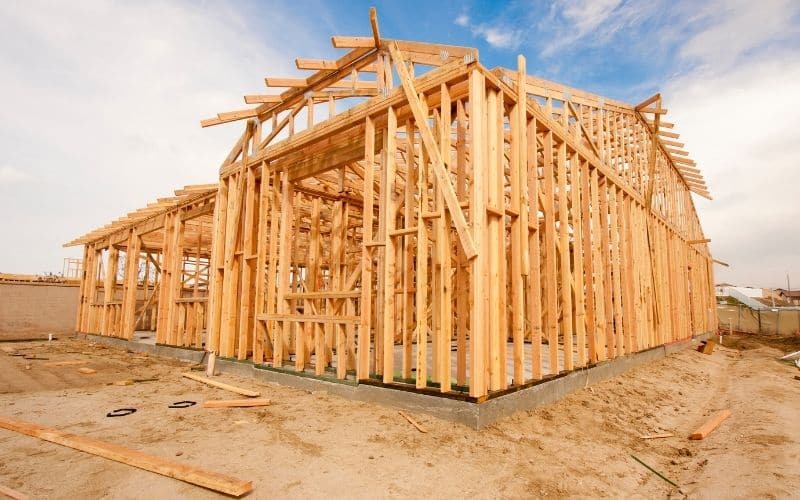
The top chord of a bowstring truss has a shape like a parabola.
This is because the bowstring truss comprises many thin pieces of wood called laminations that are joined together mechanically along the length of the member.
The bottom chord consists of straight pieces of wood that are joined at the joints most of the time.
A bowstring truss is one type of mobile home truss system.
If you live in a mobile home, you may have seen these on trailers around your neighborhood — they look like inverted bows with half circles on top where each bow attaches to its respective side piece.
When you look at a bowstring truss, think of an upside-down capital letter M with an extra curve on each side.
You’ll notice that each leg of your capital letter M is formed by a separate steel section, with two bolts on each end to hold them in place.
When you assemble a bowstring truss, you’ll notice the cappings of the ends are half circles. These half-circles are not structural – they allow you to bolt on two sides of your mobile home.
If you look closely at your bowstring truss, you’ll see two separate halves bolted together.
If you have to replace either half because of an accident or a defect, you can order just that half and save money compared to replacing an entire truss system.
In some mobile home parks, you may see a bowstring truss described as a Bayless or seamless truss. You can also sometimes find bowstring trusses made from wood instead of steel.
It is important to note that a bowstring truss is not as strong or durable as a Pratt truss, which you’ll find on metal buildings.
As a result, some mobile home parks require their tenants to upgrade from bowstring trusses to more sturdy types of mobile home roofing.
Where Are Bowstring Trusses Used?
Modern mobile homes use bowstring trusses as a wall or roof support system. In contemporary home construction and remodeling, you use these trusses to replace steel, concrete, or masonry.
We commonly use bowstring trusses in residential housing and commercial projects.
Building codes vary from state to state, but you’ll generally find them supporting lightweight partitions and roofs on prefabricated metal buildings.
The most significant advantage of bowstring trusses is their affordability, especially compared to masonry or concrete.
They’re easy to install and don’t require costly materials, which appeals to developers eager to increase profits.
Remember that you will have less control over a design if you choose bowstring trusses because they aren’t available in custom sizes.
The sloped surfaces of these trusses make them ideal for use with a flat roof.
If you plan to use a bowstring truss, ensure that the truss manufacturer engineered it for your specific project. A wide range of standard sizes is available at home improvement stores.
An engineer will be able to help you choose a suitable size based on your building specifications and local building codes.
Expect to pay between $1,000 and $2,000 for a typical mobile home bowstring truss installation. Your manufacturer should provide all of the necessary instructions and materials for installation.
What Is Another Name for a Bowstring Truss?
Depending on its use and where you live, there are many different names for a bowstring truss.
Some of these include arch, arched, or vault roofs. The most popular name is likely bowstring truss, though.
A bowstring truss roof is a roof framing system for a home. While not commonly used in houses, you may have seen it in sturdier buildings like barns and sheds.
You can also use it for mobile homes and other simple structures that need a lot of support to hold up a heavy roof.
When using one, builders use round or rectangular tubes to create an arched frame from which they attach plywood or metal panels to complete it.
A bowstring truss roof is also sometimes called a vault or arch roof. It is because it forms an arched shape held in place by either wooden or metal brackets, depending on its use.
You can tell one apart from other types of roofs because it has lines that resemble what a bow makes when it fires an arrow. These lines form a triangle with two angled sides and one curved side.
Sometimes you’ll see a bowstring truss referred to as an arch roof or vault roof. These are synonyms for any roof held up by arches instead of columns.
They differ only in how they support themselves.
How to Repair Mobile Home Trusses?
Mobile homes are at risk of damage due to snow, wind, and other extreme weather conditions that can damage or collapse a roof.
A common problem mobile homeowners face is severe leakage caused by a mobile home roof truss. These factors have damaged one or more of these trusses in many cases.
Don’t panic—you don’t need to replace your entire roof. Instead, call in experts who can help you repair your bowstring trusses and restore them to full functionality.
If you discover an issue early enough, you may be able to fix it yourself rather than having to call a pro.
If you’re to repair your mobile home roof yourself, ensure you have the essential tools like the roofing ladder and roofing nail gun, and follow these procedures;
- Check your roof for any damage to the bowstring truss roof, like the brake in the bottom chord, the top chord buckling, or where the connections have failed. There are several places you can check to find out the problem.
- After completing the inspection on the bowstring truss roof, go back, and then you can tell how close the design and connection of each member of the truss are to see where the fault is and the cause. You can’t fix the error without knowing its cause.
- After finding out the error and figuring out where it’s broken at the bottom ford splice, you push the whole roof to its normal position to first take out the broken pieces and then the bottom part. Then put in your new member and all-new connectors before the post-tension.
When repairing your bowstring truss roof, imposing tension on the bottom count is essential to remove the bottom corner’s stress.
Suppose you’re interested in repairing mobile home bowstring trusses with the aid of a professional. You can use what you learn from them to fix any issues before they become too big to handle.
In addition, getting your roof inspected annually can help prevent problems down the road.
If you own a mobile home, you’re probably aware of how important it is to protect your roof. You may have already replaced your roof due to high winds or even bird damage.
However, you might not be as familiar with bowstring trusses and their role in protecting your home. So, you should consult a professional to help you.
What size are mobile home roof trusses?
Mobile home roof trusses have bowstring trusses that come in sizes of 2×2 or 2×3. To determine which size you’ll need, measure your mobile home from eaves to ridge.
The manufacturers have designed your mobile home roof trusses to support your roof structure, so choosing a size that will work for your home is essential.
You might have wasted money on materials and labor if you ordered a larger size than needed.
On the other hand, your framing contractor may have had to beef up your trusses with thicker plywood if you ordered smaller than required.
In either case, you can pay more for something you didn’t need.
How Far Apart Are Mobile Home Roof Trusses?
The manufacturers have designed mobile home roof trusses almost universally spaced at the center by 24 inches. Trusses can be 12″ or 16″ apart.
Still, building codes allow for 24″ on center spacing without stronger fasteners to connect trusses to walls.
If you live in an area where hurricanes are common, you may want to move your trusses to 16″ on center.
Conclusion
In conclusion, you can use a bowstring truss for various purposes, like building bridges, but you can also use it on mobile home roofs.
Although, when used in mobile homes, it cannot withstand much weight. When it leaks, you should consult a pro because the location of the actual leak is different from where it leaks.

